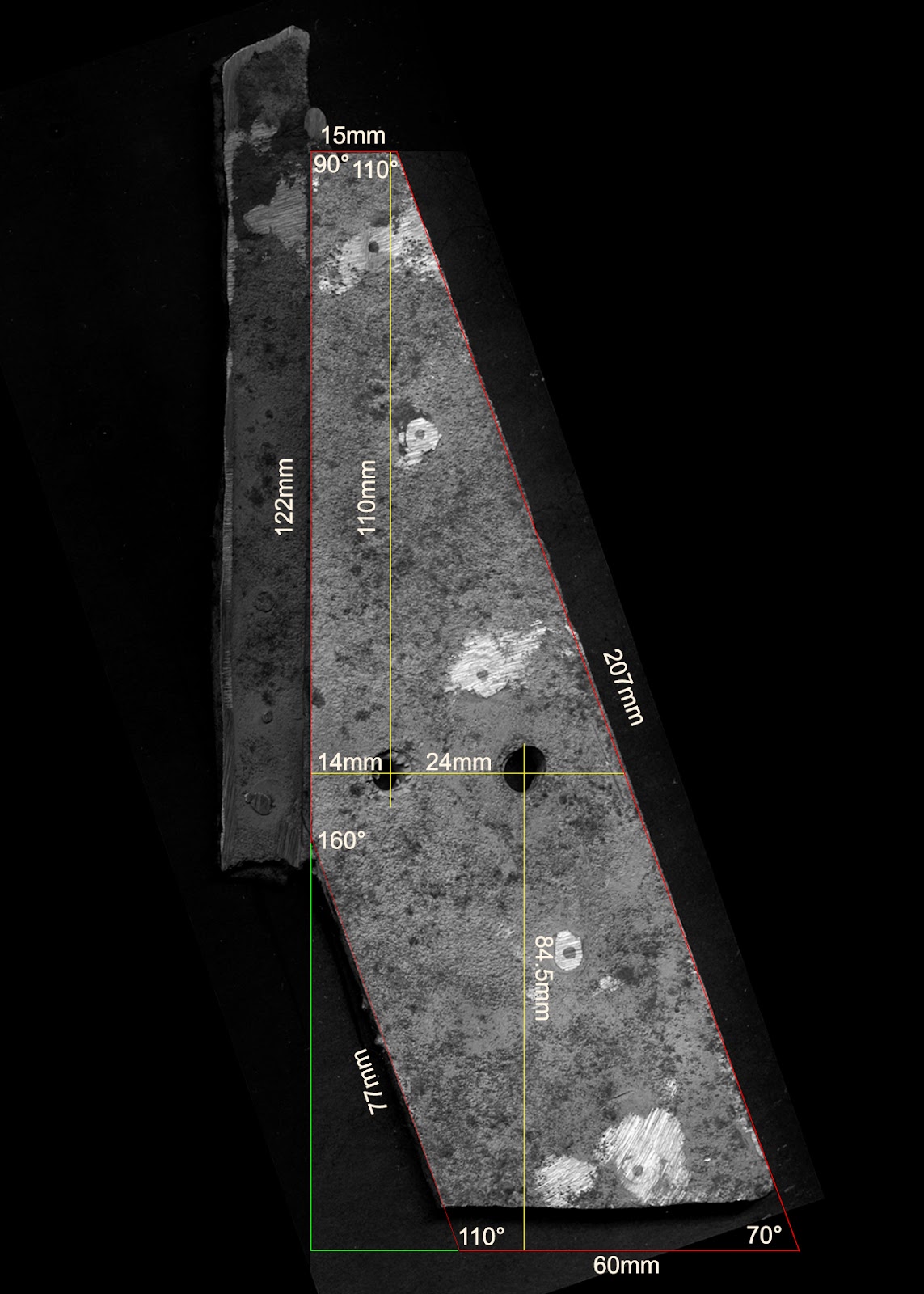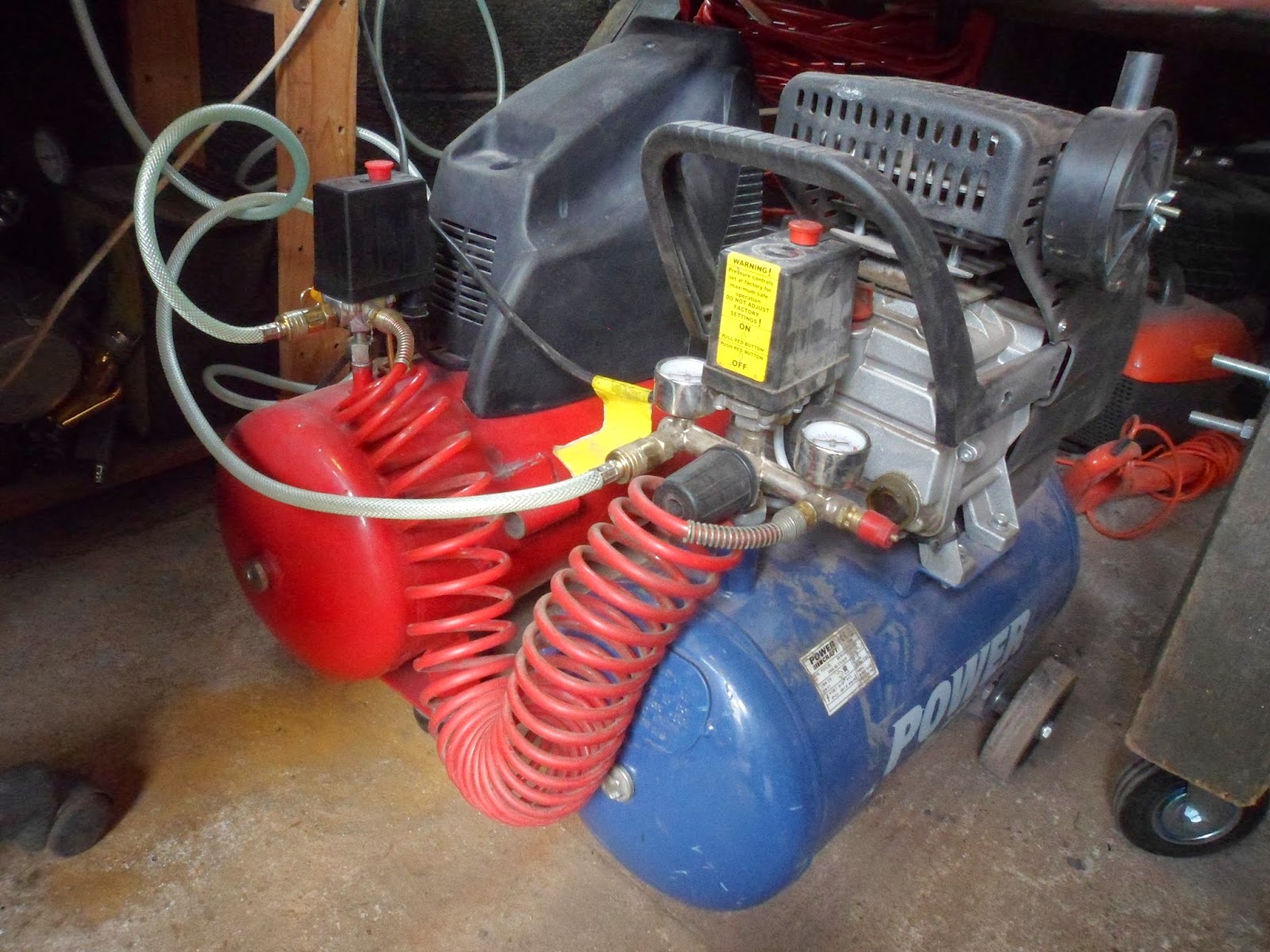I have now set myself up with a decent supply of Argon/C02 welding gas:
With a new regulator fitted and plumbed into the MIG welder. It works like a dream:
The WW floor pan halves that I bought a while back were designed for a LHD car and I needed to consider how I would go about converting them to RHD and make it correct for for a '65 pedal assembly setup. Through my research it became apparent that there should be a small strengthening/reinforcement plate which supports the pedals. Some bugs appear to have this strengthening plate visible on the top side of the floor pan, but there was no trace of this when I dismantled the components from the old pan. Strange I thought... then I recalled cutting through what I thought was an old scabby repair patch last year and realised that it was actually the reinforcement plate (the layers of rusted crud were masking its true identity!). An intensive search on Google images and various VW forums confirmed that the plate sits underneath the pan on the '65 model. Luckily I have been retaining all the old scrap cut from the car to use for welding practice. This was this old chunk that I was looking for:
The plate itself is basic enough, so I will be making a new one out of 5mm flat bar. The long edge is basically seam welded to the point where the edge of the Naps hat and bottom plate meet. The short edge is seam welded to the lip of the chassis tunnel and there are also a series of spot welds that fasten the floor pan to the strengthening bar. The two (threaded) holes in the middle are for the mounting brackets, which sit on top of the pan � which is fortunate as it means that I will just needed to drill 2 holes in the new drivers side floor pan in order to adapt it to RHD.The only minor problem was that I had not cut this piece of flush when I separated it from the tunnel. This obviously meant that the plate was now slightly shorter than it should be, but I did not know by how much exactly. After a thorough rummage through the scrapped pan offcuts I reconstructed the front edge of the old pan. I then clamped the plate to the old floor pan scrap being sure to line up the bolt holes:
I then clamped the reconstructed mess to the chassis tunnel in its original position for assessment. This enabled me to ascertain how much of the original reinforcement plate had been trimmed off:
and here is the view from the underside:
Turned out that the plate was between 8-9mm short:
Armed with this new knowledge I created a reference drawing to act as a pattern (see the red outline) for when I make the replica part. I probably spent far too long producing this in Photoshop, but if it's worth doing then it is worth doing right:

















































